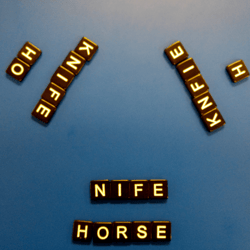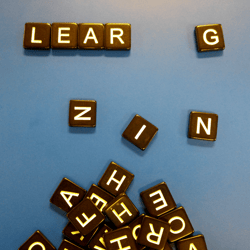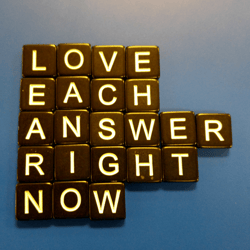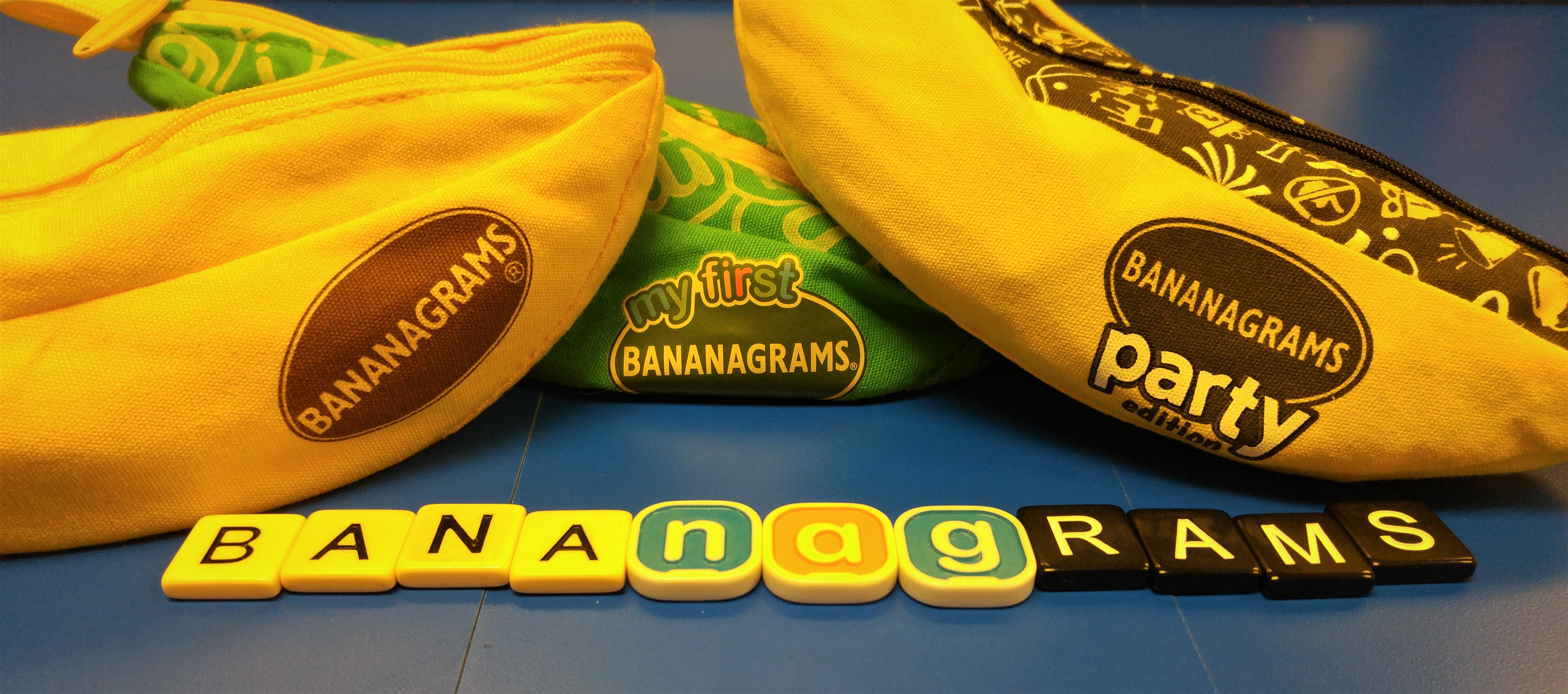Learning language and spelling can be a boring and tedious task. We can all think back to when we were in school, studying word lists to commit them to memory for our next spelling test. The anxiety of standing in front of the class during spelling bees and being the unfortunate participant to get onomatopoeia. Bananagrams looks to remove the old stigma of spelling and language, peeling away the past and moving forward into fun.
What is Bananagrams
Bananagrams is a fun, imaginative way to get kids interested in language and spelling. It resembles classic word games, utilizing lettered tiles to spell out words. The fun part about Bananagrams is that the world is your game board. Kids are encouraged to play in their own space be it on the floor, at their desk, or on a communal play area. The game consists of 144 tiles each adorned with a letter of the alphabet. My First Bananagrams, a version for younger spellers, comes with 80 letter tiles and 12 double letter tiles to help build an understanding of digraphs and the sounds letters make together.
How Do You Play
That’s the fun part Bananagrams and My First Bananagrams come with multiple ways to play. Each version comes with a variety of games to help kids engage in language learning through multiple methods. Each game of Bananagrams is engaging and promotes kids to make as many words as they can. My First Bananagrams uses its games to focus more on teaching, inviting kids to put tiles together and try and sound out the result.
But Bananagrams can be an incredible tool to teach language by developing some fun and innovative methods to play all on your own. Here are four fun uses for Bananagrams we thought up for the classroom.
Spell the Picture/Eye Spy
Bananagrams are a great tool for helping kids vocalise and spell things they see around them. Get kids active and involved with their surrounding and spell out what you they can see. Use pictures to help younger kids focus on their sight words list, while older kids can use their surroundings for fun sight games.

A Friendly Game of H.O.R.S.E.
Have students group up and challenge each other to spell words. Use binders or books to create a secret space for the kids to keep their attempt hidden. Once everyone has finished their word, remove the barrier and see who has the correct spelling. Kids compete until each player has completed their H.O.R.S.E. and a winner is named.

Disappearing Alphabet
Where did those letters go? Challenge your kids by creating a fun word problem. Given them a prepared set of tiles for words but remove some of the letters. Then give you kids a pile of jumbled letters to search for and discover the missing letters. This is a great way to help reinforce words that you are currently working with in your lesson plan. Can your kids find the right letters to solve the puzzle?

Acrostics
A fun spin on an old classic. Get your kids in a creative mind set by having them develop engaging acrostic poems. These poems can feature sight words or words that are lesson plan oriented. Students will then have to use each letter of the word to develop all new words to complete the acrostic. Add a time limit or restrict the letters they can use to increase the difficulty.

Bananagrams are an incredible tool with endless uses. Try incorporating the tiles into other areas of the classroom as well. Place some tiles in your sensory station so kids can learn and spell things they are interacting with inside. Words like sand and wood are simple but take on a whole new meaning when paired with a strong visual like a sand box or stick.
The important thing to remember is no matter how you use them, Bananagrams are all about one word, fun.






.png)
.jpg)
.png)